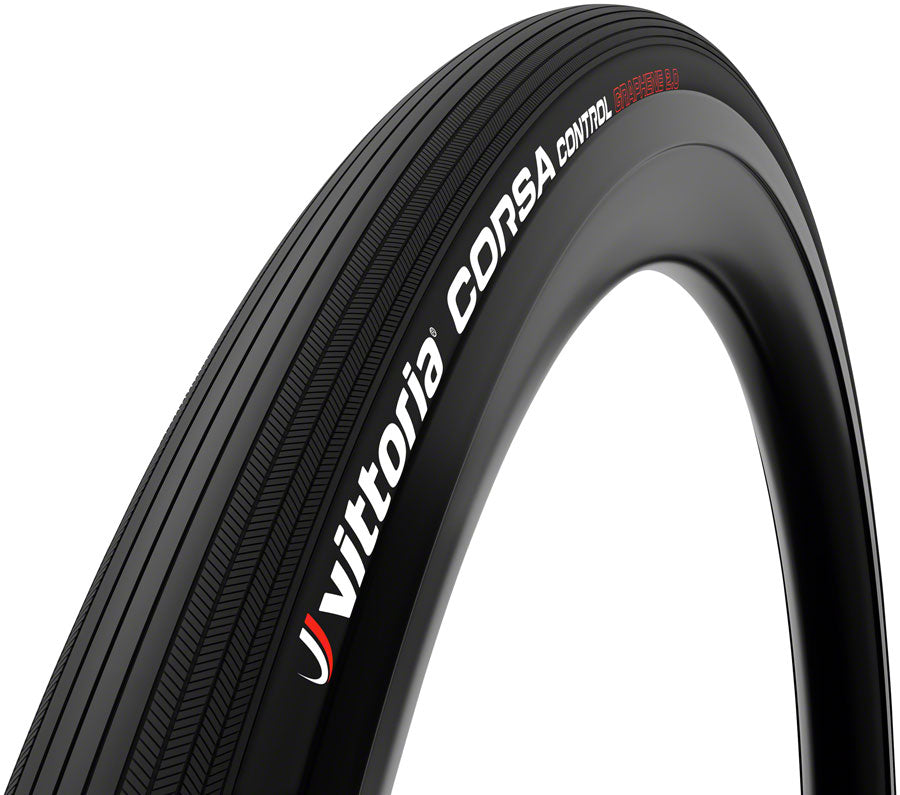As the saying goes, there is no bad weather, just bad clothing choices. Riding in winter can be a challenge not just because the temperatures are cold, but other factors like moisture and wind chill need to be anticipated and managed.
Winter biking gear has developed a huge amount over the past 20 or 30 years. Whereas heavy scratch wool tops and stiff plastic jackets were the extent of winter gear in the 70s and early 80s, these days there seem to be an endless number of brands making a wide range of biking gear for winter. Everything from head to toe can be winterized with caps, jackets, gilets, long bibs, shoe covers and even winter cycling shoes.

Build up your winter bike gear by developing your layering system
Many cycling brands have designed their clothing to work as a layering system to help their customers ride in all conditions. This is not only good business, but also super helpful to know generally what items will pair best in what conditions.
Start with your base
Keeping your core warm is priority #1 and riding in winter means you’ll need to have a really great baselayer as a foundation of your outfit. Baselayers not only help keep you warm, but also are essential to moisture management. Moving the sweat away from your skin before it can build up to cool you down is the most important job of any baselayer in winter.
Getting the fit right is really important. The baselayer needs to be tight enough to feel like a second skin. There should be no excess material that can bunch up and cause unwanted pressure points once you put on the top layers.
Insulation and breathability are important in equal measure. This goes not only for the baselayer, but all subsequent layers. The best winter biking gear will help you stay warm even when the temperatures are very low and the windchill fierce, but it should also allow your body to breathe. Otherwise, you start developing your own little microclimate inside your jacket: you are sweating with the riding effort, but there is nowhere for the moisture to go, so it builds up and you end up freezing.
If you want to ride throughout the year, biking in winter gear makes the transition from warm to cool to cold easier for your body to handle, especially if you have a good selection of winter kit to address each change in the weather. Choosing the proper long sleeve jersey, insulated jacket and wind or rain resistant gilet, and then mixing and matching them to what you’ll be facing weather-wise on your ride will make year-round-training a cinch.
Keep those leg muscles warm
Typically the legs are the last thing to feel the cold since they are the part of the body doing the most work. But don’t be fooled. Even if your legs don’t feel too cold, leaving them exposed in low temperatures puts a strain on your system, and hampers the muscles’ ability to produce the power you want.
It’s always hard to define temperature scales for when to cover up since everyone can tolerate different levels of cold. Many clothing manufacturers make insulated bib shorts so that you can keep your hips and quads warm as soon as the autumn nip appears in the air. They also make it possible to pair shorts with knee warmers for early morning starts. The advantage of knee warmers is that once the sun heats up the day, you can always remove them to avoid overheating.
Keeping the knees warm is extremely important, especially the older you get. We might admire the pros we see racing in mud and 40-50°F temperatures with exposed legs, but if we try to emulate that, we’re just setting ourselves up for sore knees after every ride. Knee warmers, leg warmers and even 3/4 knickers are great ways to protect the legs and knees during those transitional weather days that are cool but not so cold that you need to resort to full length bib tights.
Well insulated, breathable and water resistant bib tights are required attire if you are planning on riding in deep winter. The most modern designs use materials that are supple and comfortable, which will help your legs move naturally without feeling overly compressed or too tight at the knees. If you are looking to ride your mountain bike in winter or even a fat bike in the snow, then winter gear for mountain biking also includes waterproof pants that give you a little more room to maneuver.
Don’t forget the extremities
A lot of shoe brands also make winter mountain biking gear like insulated mountain bike shoes. Insulated road cycling shoes are not too hard to find, though there are a lot of shoe cover options that will allow you to wear your summer shoes while riding in winter.
It’s important to make sure that you don’t skimp on those accessories that keep your hands, feet, and head warm. Get the right gloves for the weather. Make sure you have warm socks for winter in addition to rain and windproof shoe covers. And keeping your head and ears insulated from the cold wind will ensure you won’t ever have to cut a ride short because you are getting desperately cold.
Best materials for winter biking gear
Winter biking clothing is often where you see the greatest developments in materials. Brands have moved from simple brushed Roubaix lycra to creating super techy materials that have things like silver thread and graphene yarn woven into the fabric to aid in moisture management and insulation.
Merino wool is also a popular material that offers natural thermoregulation thanks to its breathability and facility with moisture transfer. One drawback of Merino is that it doesn’t have great wind resistance. But that’s where the perfect wind vest is needed.
Winterize your bike
Winter biking gear extends beyond what you wear. You can winterize your bike to make your riding in winter much more comfortable and safe as well. Perhaps the best accessory to winterize your bike is a sturdy pair of mud guards. Front and rear mud guards will keep road spray at bay so that your backside and feet don’t suffer from the rain or snow runoff that often punctuates hardcore winter riding.
Making sure you have tires that can perform well in wet and slippery situations, and will offer adequate puncture resistance will also ensure your rides will not be hampered by on-the-road incidents like slide-outs or flat tires. You will also want to pay attention to your chain and keep it well lubed using a water resistant product, especially if you are riding in rain or even snow often.

Considering winter riding can often take place in low level lighting situations, with gloomy weather and short days, make sure you have front and rear lights that will help keep you visible to drivers and light your way if you should be out past dark.
Riding in winter can actually be a lot of fun. You’ll have the roads and bike paths to yourself often. On cold, snowy mornings, you can feel the quiet contentment of knowing you are one of the tough ones ready to ride in any weather. Being properly prepared with the right kit for you and your bike will make your winter training more effective and enjoyable.
You may also be interested in our article on how to choose mountain bike tire size.




























































































































































































































































